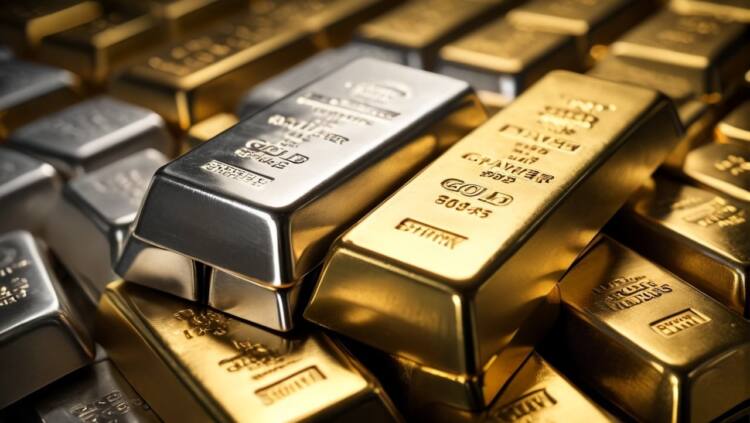Deciding whether gold and silver are good investments for you involves considering several factors. In this article, we will look at buying gold and silver with a focus on realistic investment considerations and not the hype that often accompanies this subject. We have nothing to sell and don’t recommend any gold or silver dealer.
You should think about your investment objectives before making any investments.In the past, gold and silver have both been considered inflation hedges. Precious metals may be attractive if preserving your purchasing power is important to you, particularly in uncertain economic times.
Diversification may be something to think about. Since precious metals’ performance frequently does not immediately correlate with that of more conventional financial assets like stocks or bonds, they can diversify an investment portfolio and possibly lower overall risk.
When investing in precious metals, you must consider your level of risk tolerance. Consider volatility. Because silver is both a precious and an industrial metal, it is typically more volatile than gold. Gold would be a better option if stability is what you are after. Silver might be worth considering, though, if you are willing to put up with more volatility in exchange for the possibility of larger short-term returns.
Any increase or decline might be influenced by market conditions. Supply and Demand: Industrial demand, especially in the technology and green energy industries, can affect the price of silver. Gold, which is sometimes regarded as a more secure asset, may witness price spikes during periods of geopolitical unrest or economic downturns.
Historical Performance: Although both metals have periods of notable price movement, gold has historically been less volatile than silver over extended periods of time. For example, when it comes to price appreciation, gold has outperformed silver over the last 15 years.
Some investors may find liquidity to be a problem. Generally speaking, gold is more liquid than silver. Because gold requires less storage space for the same investment value, its higher per-ounce value may be favorable if you expect to need quick access to your investment.
- Investment Methods:
Physical Metals: Buying physical gold or silver directly involves considerations like storage, insurance, and potential premiums over spot price.ETFs, Mutual Funds, Mining Stocks: These provide exposure without the need for physical storage. ETFs might have lower entry costs and offer ease of trading but come with management fees. Mining stocks carry additional risks related to company performance beyond just metal prices.
Remember that no investment guarantees profit or protects entirely against loss, especially in extreme market conditions.
Plus, you should understand the tax implications. In some regions, physical gold and silver might be subject to different tax treatments compared to other investments, affecting your net return.
Consult a Financial Advisor:
Given the complexity and personal nature of investment decisions, speaking with a financial advisor can provide personalized advice based on your financial situation, goals, and risk profile. They can help balance your portfolio to include an optimal mix of assets.
Be mindful of the widespread promotion of gold and silver when weighing these considerations. These advertisements frequently capitalize on concerns about inflation or economic downturns, but they should not be the only factor in your investment choices. These advertisements may be a sign of increasing buying interest or strong market liquidity, but they could represent sellers’ promotional tactics rather than necessary financial advice.
In summary, gold and silver can play roles in wealth preservation and portfolio diversification, but like any investment, they come with their own set of risks and considerations. Evaluate these within your broader financial strategy.
